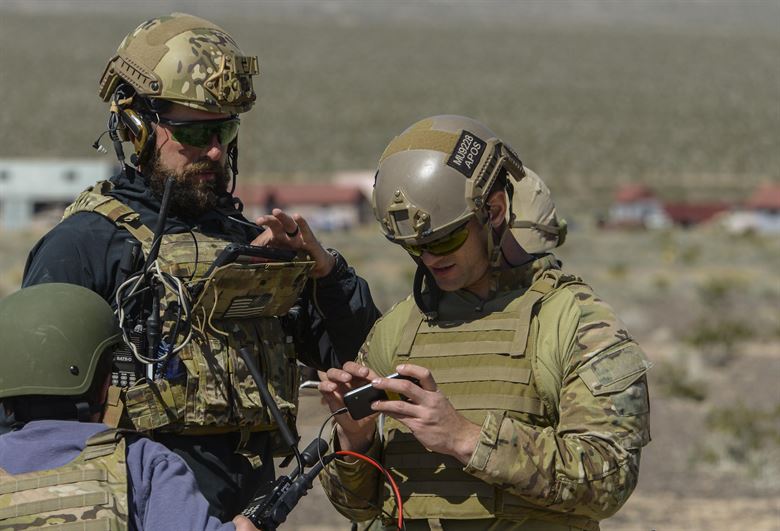This post is also available in:
 עברית (Hebrew)
עברית (Hebrew)
In the chaos of combat, you only have seconds to identify a friend from foe before deciding whether or not to engage. Friendly fire continues to be a growing risk as warfighters need to make split-second, life-or-death decisions.
The Link 16 network is a tactical situational awareness network that provides friend and foe locations to the user, giving the war fighter the information they need to operate effectively on the battlefield. It supplies a 360-degree view with all operators and assets accounted for in the Common Operating Picture.
The system developed by Viasat is a secure, jam-resistant communications platform enabling joint and allied forces to exchange situational awareness data (friendly and enemy) and command and control information in real time, according to the company’s website. The system encompasses everything from handheld units to terminals installed on ships, aircraft and more.
A new update to this situational awareness network uses direct connections to prioritize data for the war fighter and paves the way for artificial intelligence to be integrated into the system.
The Concurrent Multiple Reception (CMR) update allows the units to simultaneously demodulate and decrypt multiple messages. That means that high-priority positional data can be updated more quickly without sacrificing the data speeds of lower priority information.
Viasat was awarded a contract to launch the first Link 16-capable space vehicle, which would expand the Link 16 network to beyond line-of-sight communications. Ken Peterman, president of government systems business for the company said: “.. Instead of having a constant update rate for everything, it gives you the opportunity to directly connect with those force elements nearest to you and for them to communicate directly in any time slot such that the information is always fresh and even more precise.”
Beyond providing an immediate advantage for the soldier on the battlefield, the CMR update also paves the way for future artificial intelligence integration. “If we start to use machine learning and artificial intelligence to anticipate emergent threats or opportunities, or if we watch patterns of behavior of, say, adversary forces, and we’re going to predict and provide proactive tipping and queuing to war fighters as to what might happen next, that information in a fast moving battlefield environment needs to be communicated really rapidly,” said Peterman.
In other words, artificial intelligence can determine which information is most relevant to the war fighter, according to c4isrnet.com.
For handheld units and small terminals, CMR has been added with a software update. Viasat said that many older terminals were being retrofitted with CMR capability, while all future terminals will be delivered with it.


























